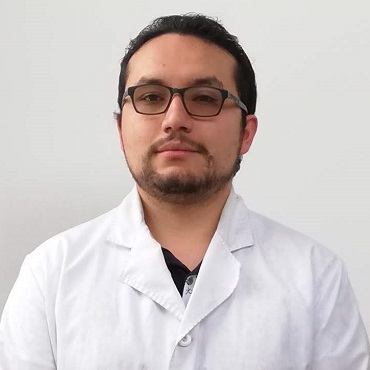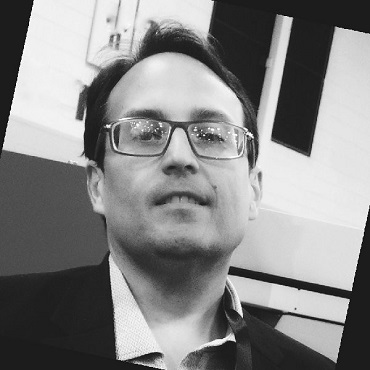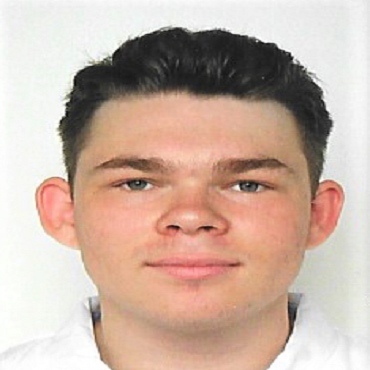Scientific Program
Keynote Session:
Oral Session 1:
- Sessions I
Title: Additive manufacturing applied in parallel architecture machine
Biography:
Sebastian Matamoros will completed his degree at the age of 25 years from National University of Colombia. He is a researcher at Experimental Factory Laboratory (LabFabEx by its acronym in spanish) focus at additive manufacturing and desing with photopolymer and ceramic materials. He has published 2 papers in meetings in Colombia and a scientific magazines.
Abstract:
The following research are focused in take an old router machine and adapt it for ceramic materials additive manufacturing. The lining of it is improve the small or medium industry that by any reason can’t get new high-end capabilities machinery but has old machinery that can be improved or repowered adding some other manufacturing technologies. Following this idea, the laboratory has a parallel CNC router built in 2006 with an unsupported hardware (too old) and software with limited capabilities, the followed document show how is made the 3d ceramic printing capabilities repowered to this machine under single minutes exchange die (SMED) paradigm. Also, will show the software adjustment made and the following calibration of all the variables concerned at this investigation. This development can also be use in the petrochemistry industry to make ceramic pellets that can be used to oil refinement.
Title: Additive Manufacturing, Processes and ASTM/ISO Standards
Biography:
Fabio Sant’Ana has Precision Mechanics degree and Business Administration Bachelor’s, he has 29 years’ experience in helping companies to acquire and take full advantage of 3d Machining and Additive Manufacturing Equipment. Entrepreneur and knowledge avid is member of standards organizations ASTM F42 Additive Manufacturing, ABNT CEE-261 Manufatura Aditiva e ABNT CB-26 Odonto-Médico-Hospitalar . CAD/CAM, Surface Modelling and EBM specialist by Arcam AB, Sweden and Machining Specialist by Willemin-Macodel , Switzerland, he is passionate in connect people and companies to the right tools to accomplish the mission.
Abstract:
Present the audience to the Additive Manufactured standardized process by ISO ASTM TC261 / F42 Joint Committee. Present what is Additive Manufacturing and its difference against 3d printing. Additive Manufacturing History and main milestones together with a Personal Journey in the technology, Additive manufacturing process as described in ASTM ISO 52900 and ASTM ISO 17296 : vat photo polymerization : VPP , sheet lamination : SHL, material jetting : MJT, material extrusion : MEX, directed energy deposition: DED, binder jetting : BJT, powder bed fusion : PBF . Qualification and Characterization Standards for a Additive Manufacturing based on ASTM ISO 17296, including quality control , performance and specifications for test methods and materials control. Market differentiation by processes, materials and manufacturers accordingly with public studies from 3dhubs and AMPOWER. Presenter is Member of ASTM F42 Member number 2066434 / ABNT CB026 and CEE261 Member number 578499 and ISO TC261 HOD Brazil for both 2019 TC261 International Meetings (Auburn, USA and Senlis, France)
Title: Low reaction-to-fire polymer filament : formulation, 3D printability modeling and fire testing
Biography:
Thomas NAZÉ got his engineering degree in chemical science from ENSCL and his master’s degree in formulation science in Lille in 2018 and is currently doing his PhD in Centrale Lille Institute, in the Material and Transformation Unit (UMET) Lille in collaboration with CREPIM company (www.crepim.fr).
Abstract:
Additive manufacturing and especially Fused Filament Fabrication (FFF) technology is mature enoughfor industrialisation. Indeed, many works about new composite filaments for 3D-printing and3D-printability are reported1,2.However most of them only focus on one specific aspect such as temperature changes3, bond formation4 or rheology5instead of performing a systemic approach. In addition to this, fewpapersdeal with 3D printing and fire properties6.
The objective of this studyis to develop new filament for FDM/FFF with low reaction to fire in order to fulfil the rail and aeronautic fire requirements. First, the development of a proper definition of 3D-printability and of a mathematical model to determine this 3D-printability was investigated. All the parameters influencing the 3D-printability were determined and the Buckingham theory was applied to determine the dimensionless numbers influencing this 3D-printability.The impact of the 3D-printing parameters on the fire performances was then evaluated via UL94 (standardized vertical flame propagation) and cone calorimeter (heat release rate under radiative heat flux) tests. Finally, formulations were developed in order to satisfy all requirements in rail and aeronautic industry.




